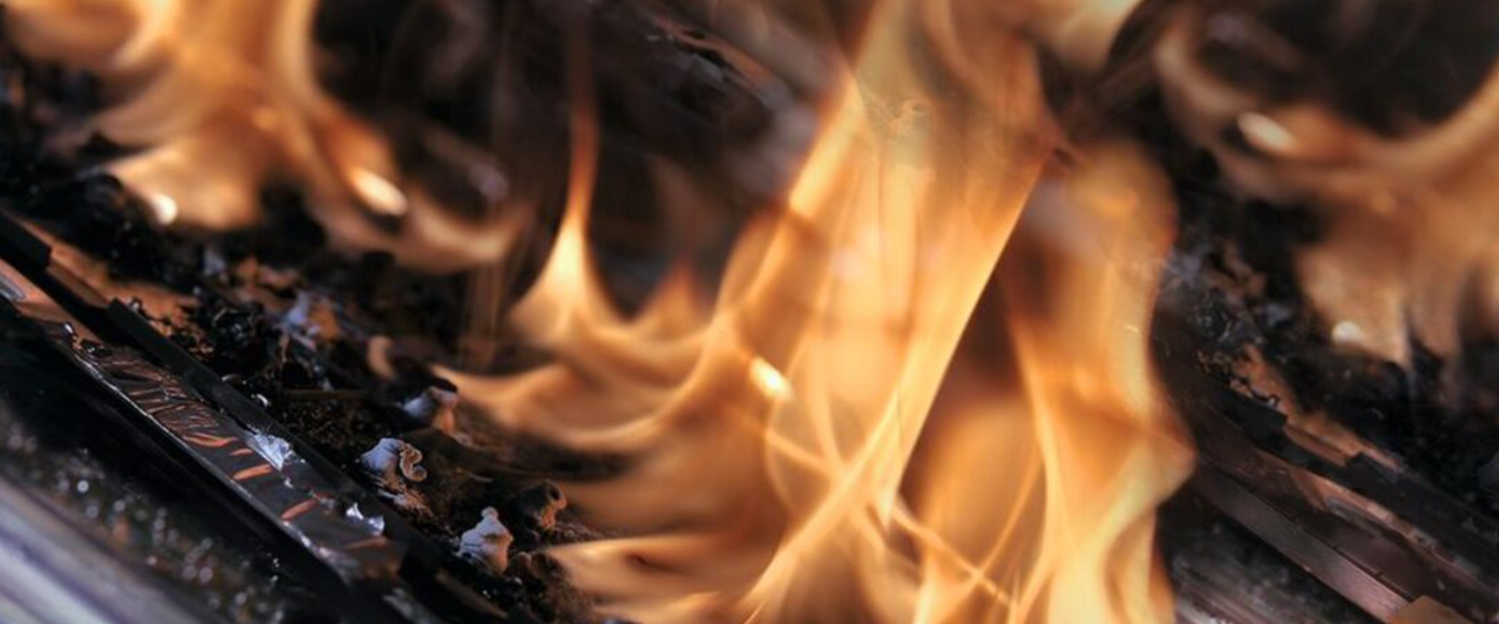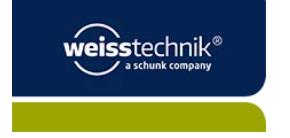 Add My Company
Add My Company
Perform High-Risk Battery Abuse Tests with the New ExtremeEvent Environmental Test Chamber

From smartphones to electric vehicles, lithium-ion batteries have become ubiquitous in modern electronics. However, their high energy density and chemical composition make them susceptible to safety hazards if mishandled, such as overcharging, short-circuiting, or physical damage.
Thermal runaway, a process where heat generation triggers a chain reaction within the battery, poses a significant risk for lithium-ion batteries. This is why abuse testing is crucial to ensure their safety and reliability under real-world conditions. Abuse tests, also known as destructive battery tests, simulate extreme conditions to identify potential failure modes, including thermal runaway, leakage, or explosion. These tests help evaluate the battery's response to overheating and assess the effectiveness of thermal management systems.
Battery abuse tests, such as overcharging or 'nailing', require suitable test environments. That's why Weiss Technik has been conducting beta testing on a new environmental test chamber design.
Our latest innovation, the ExtremeEvent, is a specialised environmental test chamber designed for testing lithium-ion batteries, particularly for the automotive industry and potentially other sectors like aerospace. This chamber allows battery manufacturers to deliberately induce explosions or fires—a catastrophic condition for batteries.
Equipped with tertiary explosion protection, the ExtremeEvent chamber limits the effects of explosive fires during destructive tests on lithium-ion batteries to a safe level. Its design enables mechanical, thermal, and electrical abuse tests under controlled conditions. The reinforced chamber design and innovative flap mechanism for pressure release ensure operator and specimen safety. The Weiss Technik ExtremeEvent climatic test chamber will enable safe and reproducible battery abuse tests in the future.
Tertiary explosion protection is crucial for limiting the effects of explosions to a safe level. EUCAR, the European Council for Automotive Research & Development, has established battery damage severity levels ranging from 0 to 7. These include irreversible loss of function (level 1), fire or flame (level 5), and explosion (level 7). Hazard level 7 represents the highest possible hazard level.
This means that the new tertiary explosion-proof test space can be utilised for tests likely to involve increased level 5 to 7 events. With the TÜV-certified ExtremeEvent, Weiss Technik sets an exceptional standard of safety and health protection for destructive tests involving fire, flames, or explosions.
One significant advantage of this chamber is its reusability after each test. Typically, if a battery experiences a fire or explosion, the chamber would be damaged and likely discarded. We believe we are among the few companies worldwide capable of achieving EUCAR Hazard Level 7 capability.
Our extensive experience provides valuable expertise for the safety and quality of the new test chamber. It also enables us to offer detailed advice to customers, including robust support for risk assessment, ensuring the right system is chosen for every test, even in extreme cases. With this technology, we open new areas of application and respond to our customers' need for precise and qualitative solutions.
The ExtremeEvent will be showcased at Batterietagung in Münster, Germany, in April. If you're interested in seeing a prototype of our latest environmental test chamber and speaking to one of our experts, please contact our sales team, who can arrange for you to attend the conference with us.
For more information on Perform High-Risk Battery Abuse Tests with the New ExtremeEvent Environmental Test Chamber talk to Weiss Technik UK Ltd

